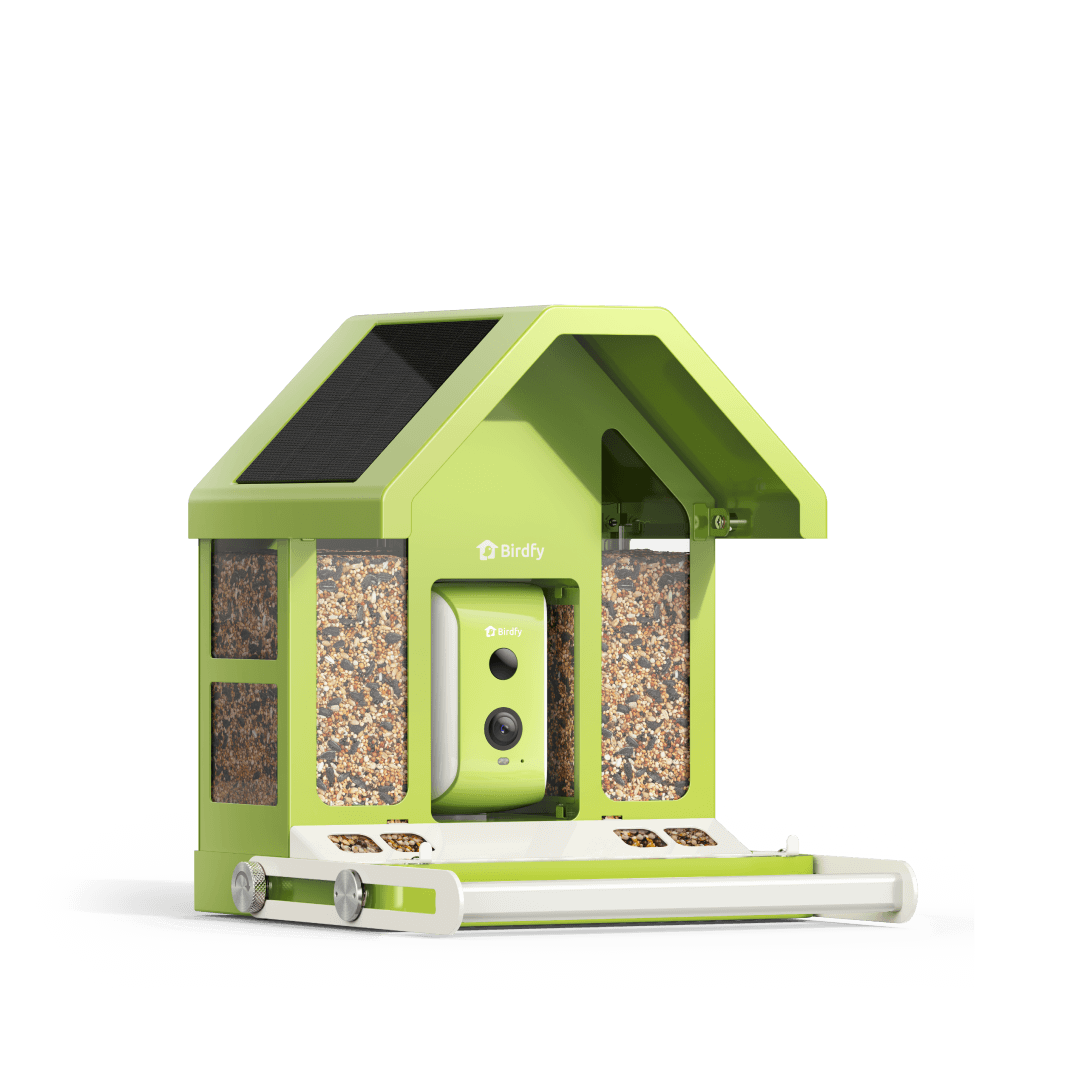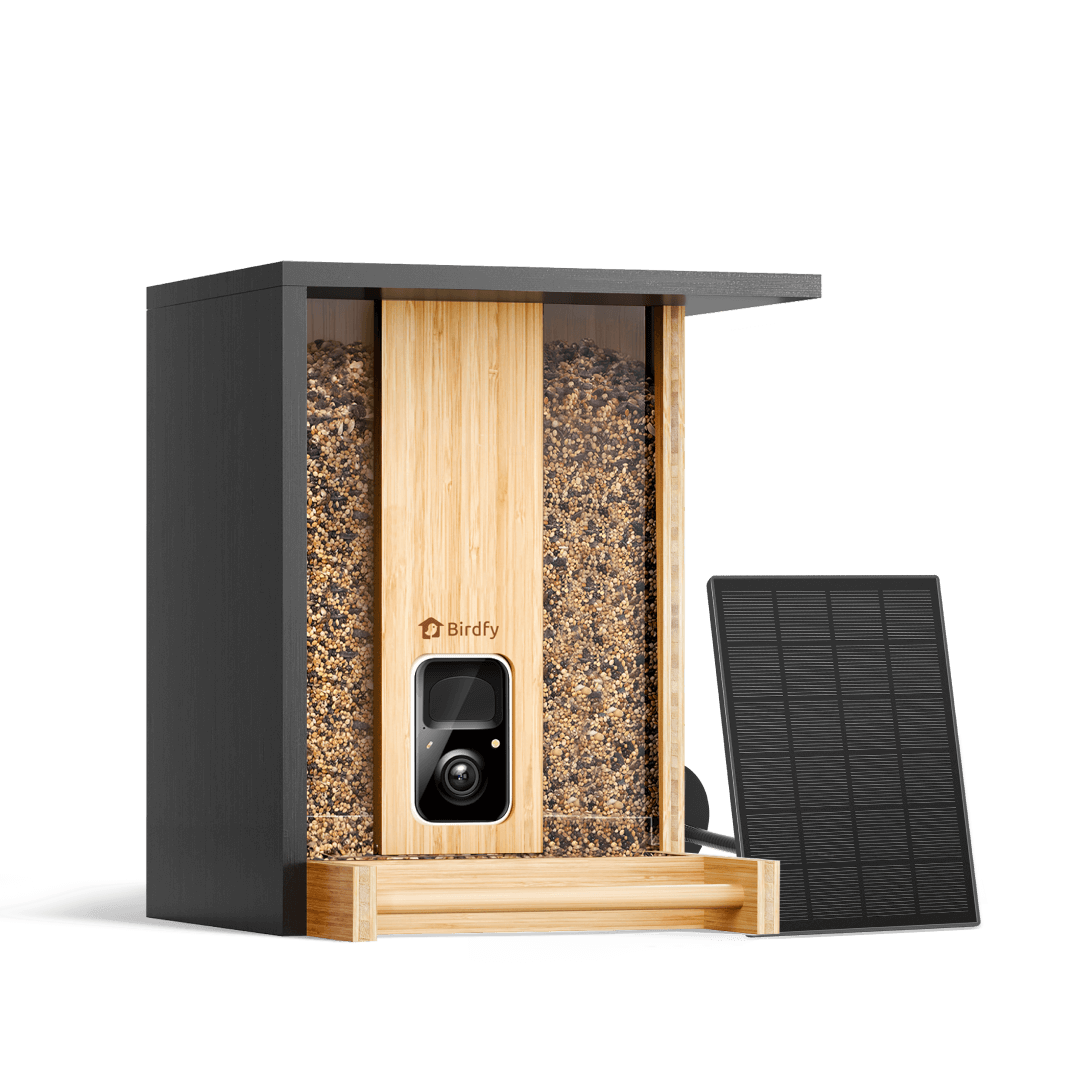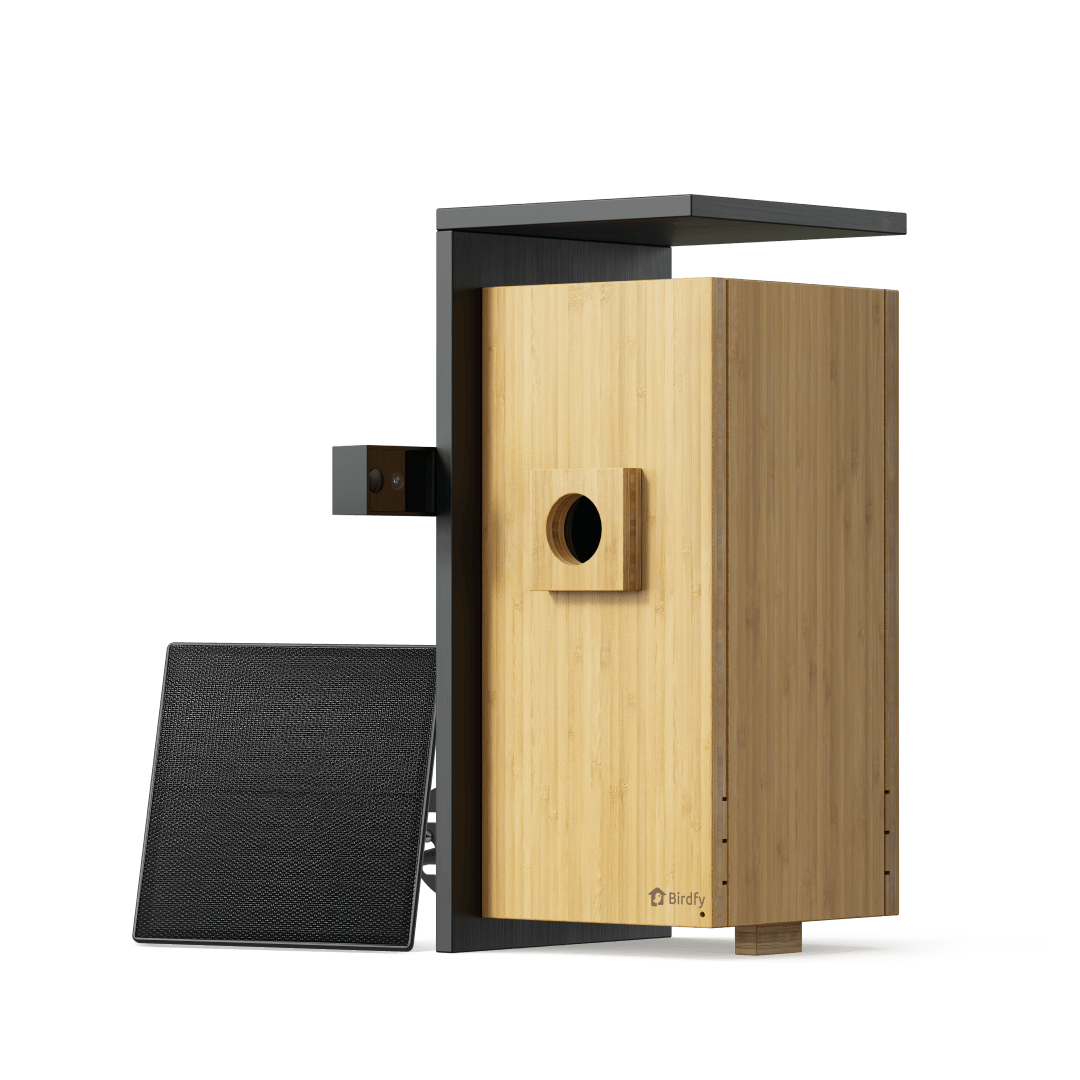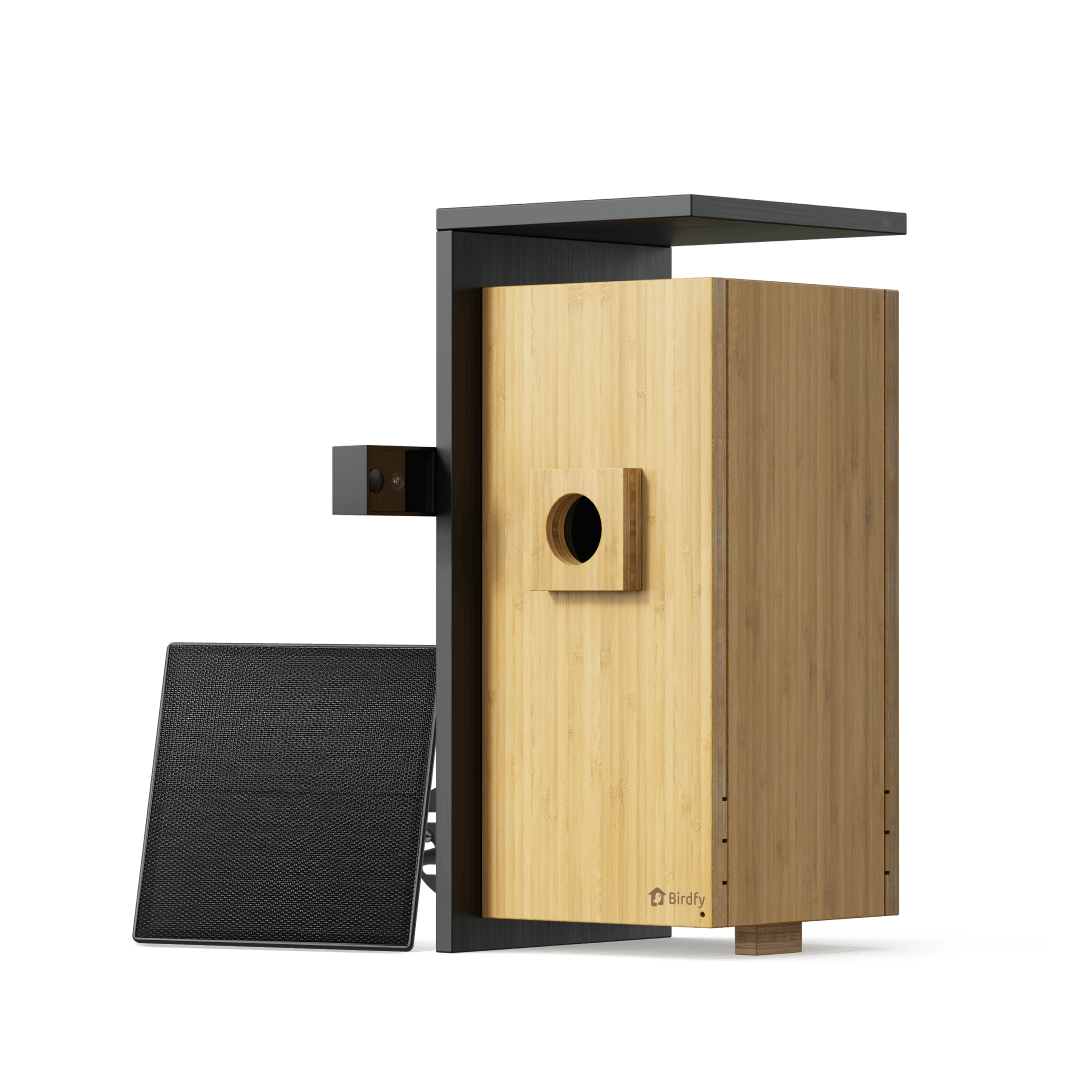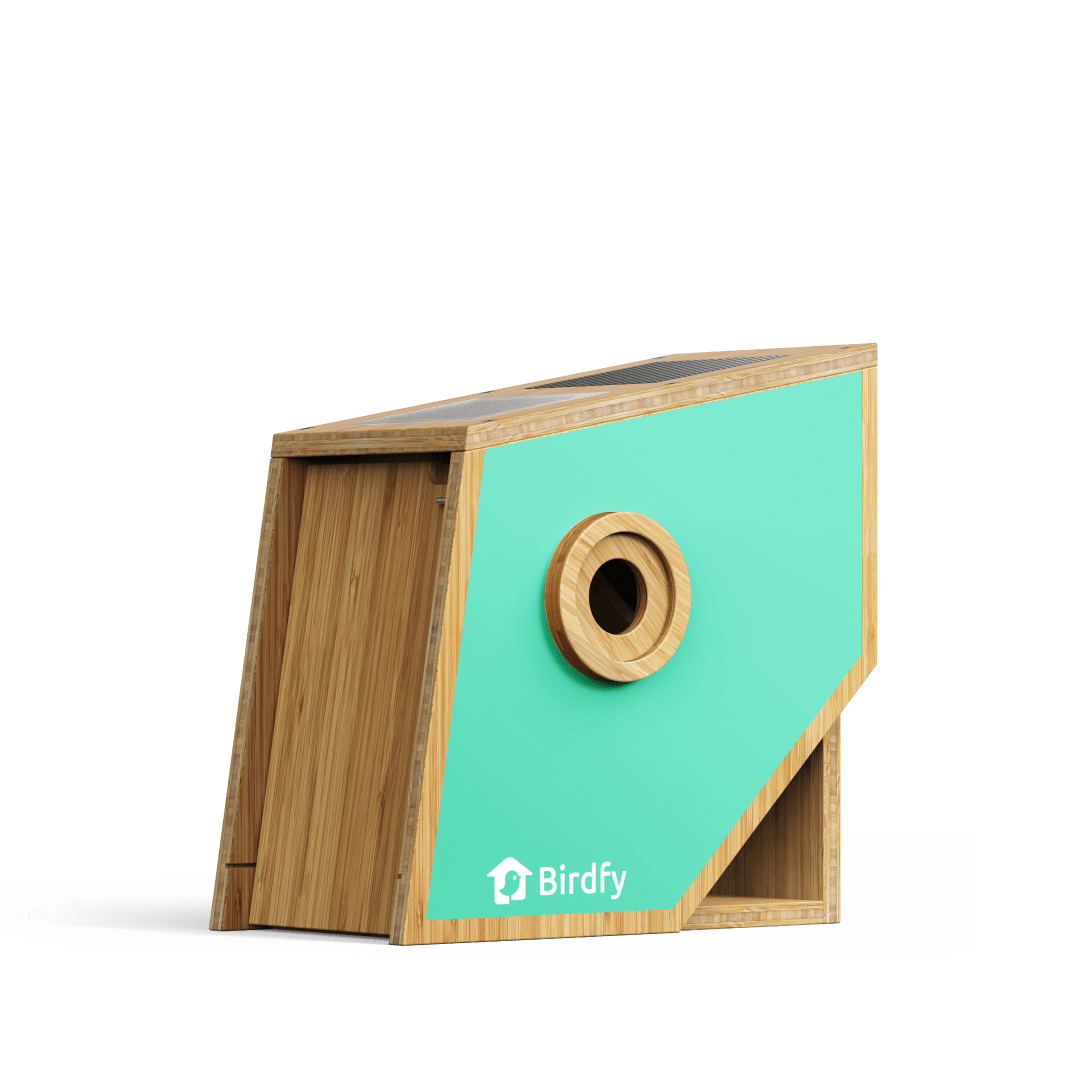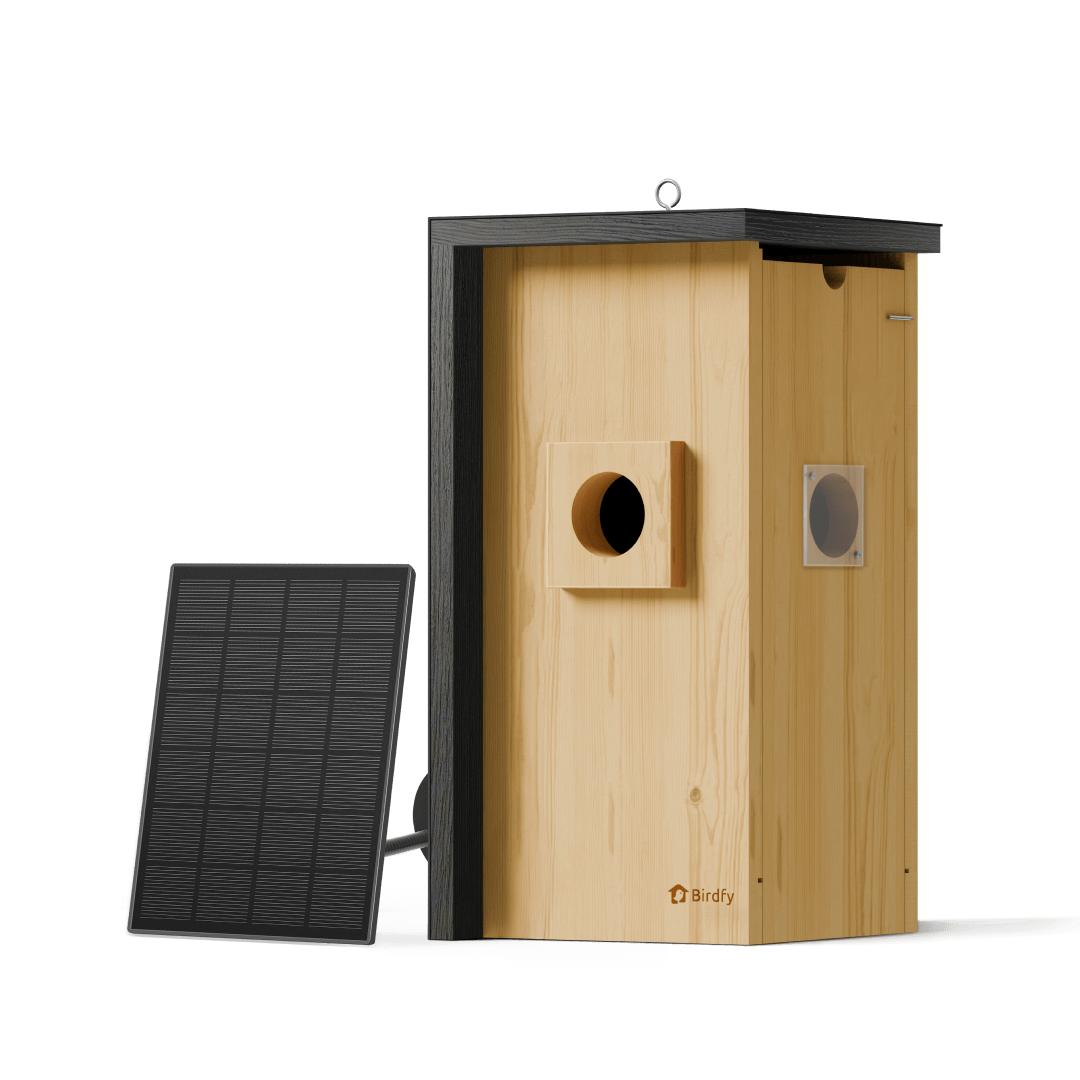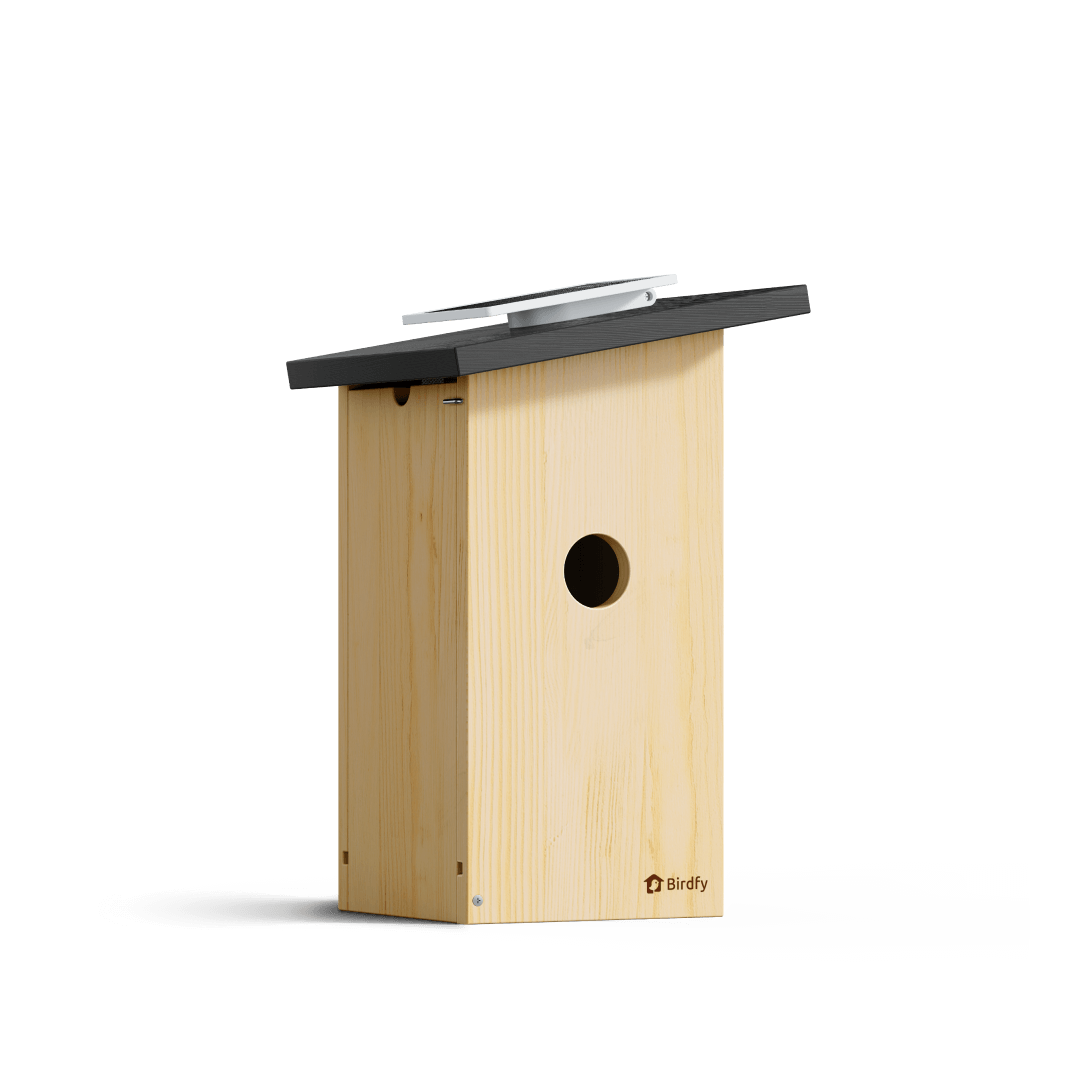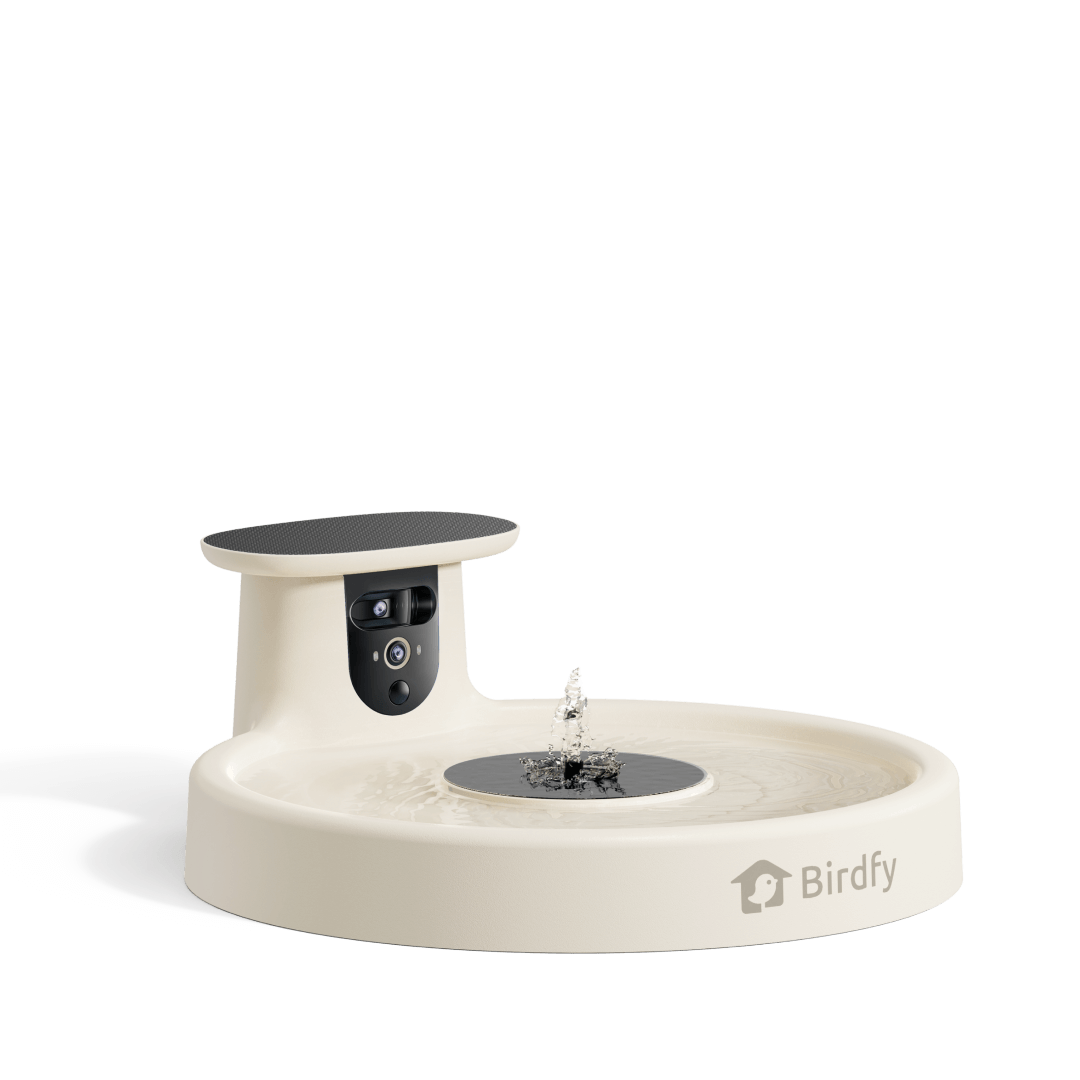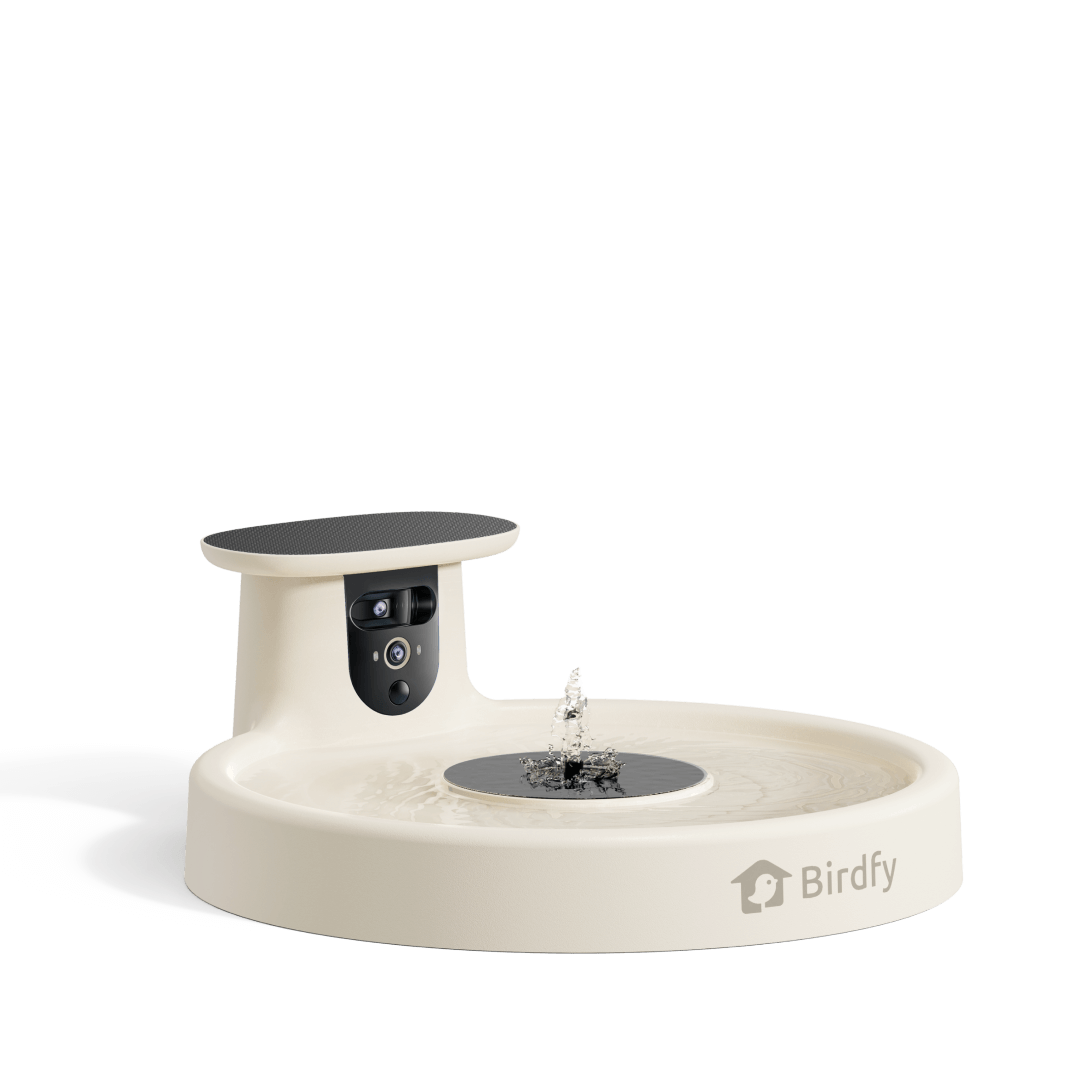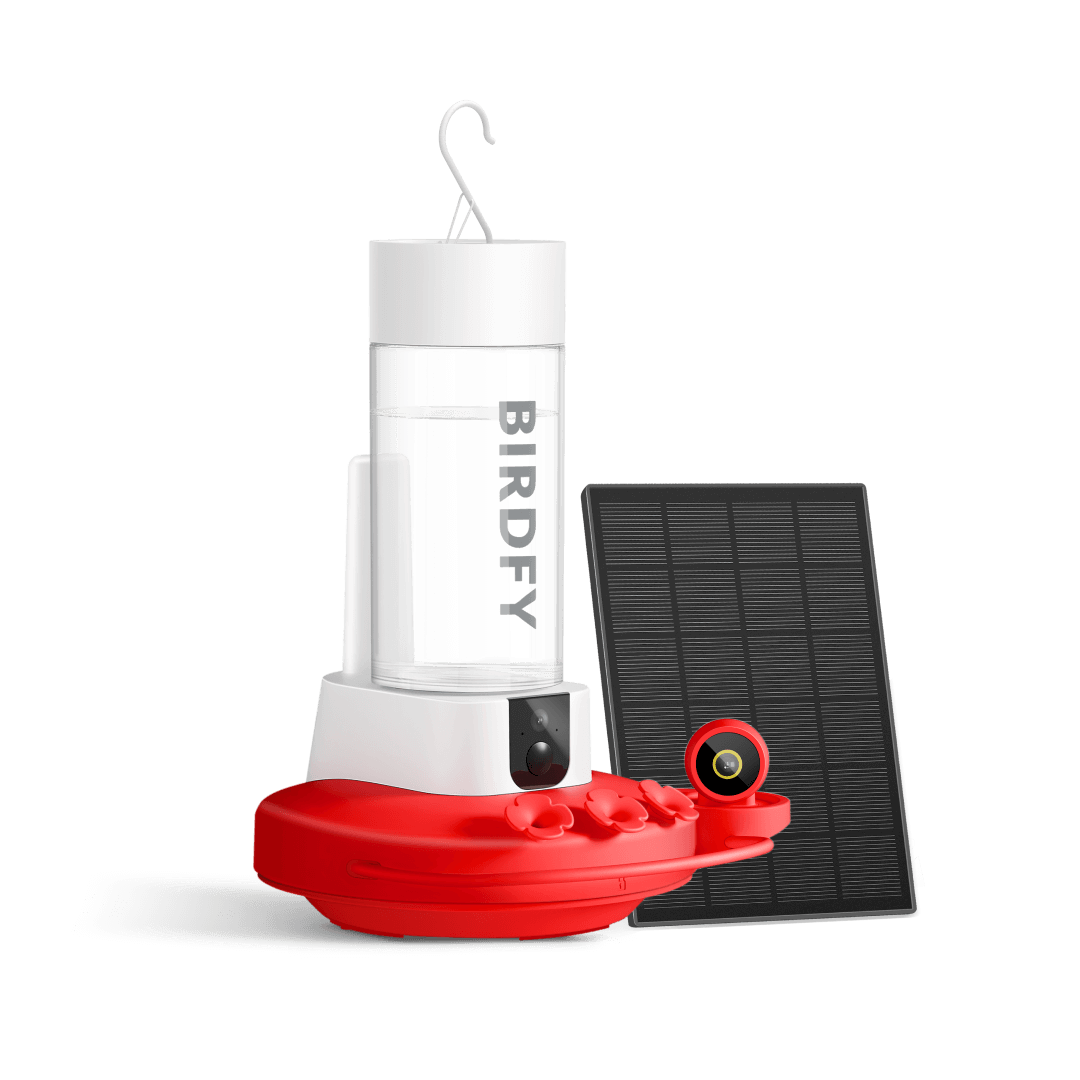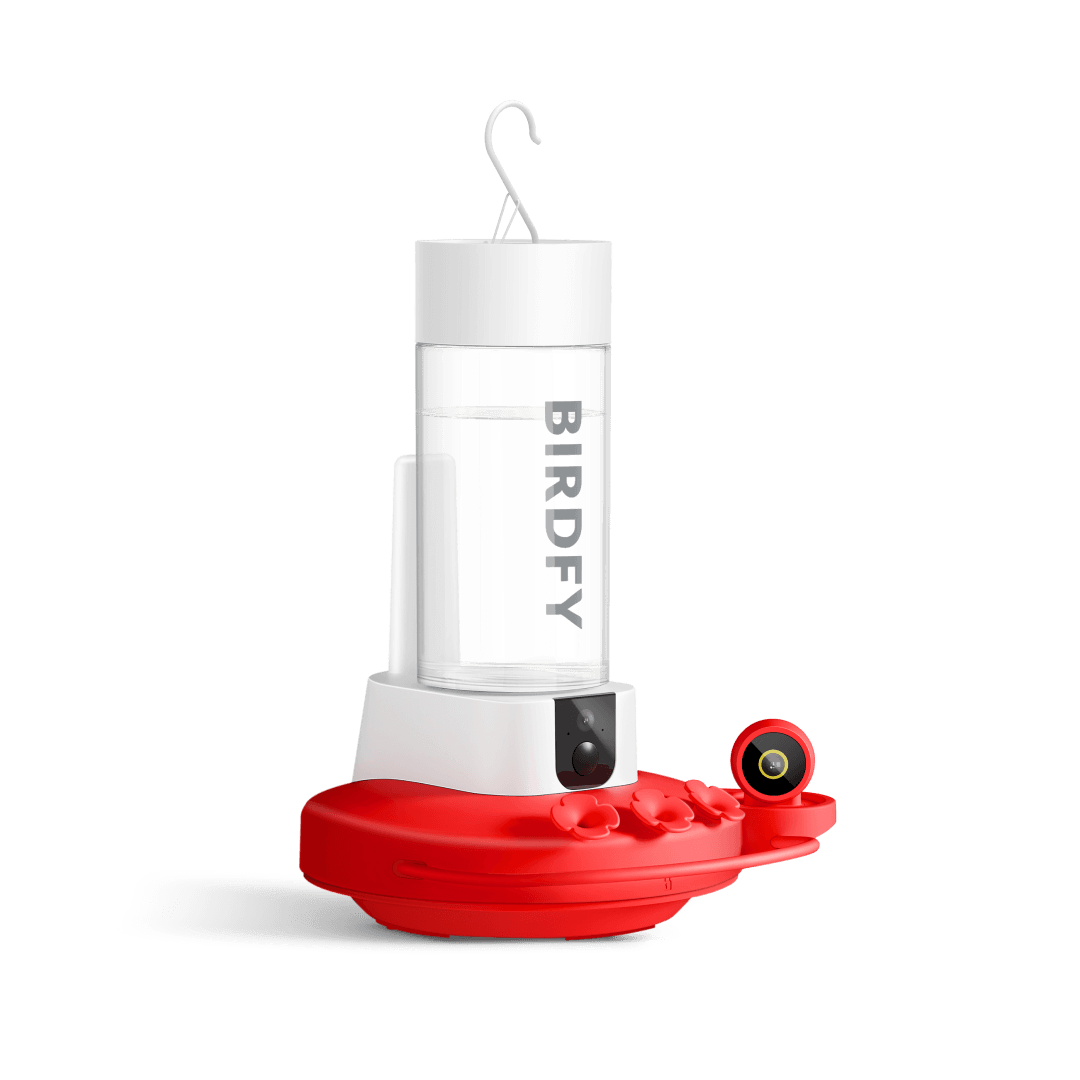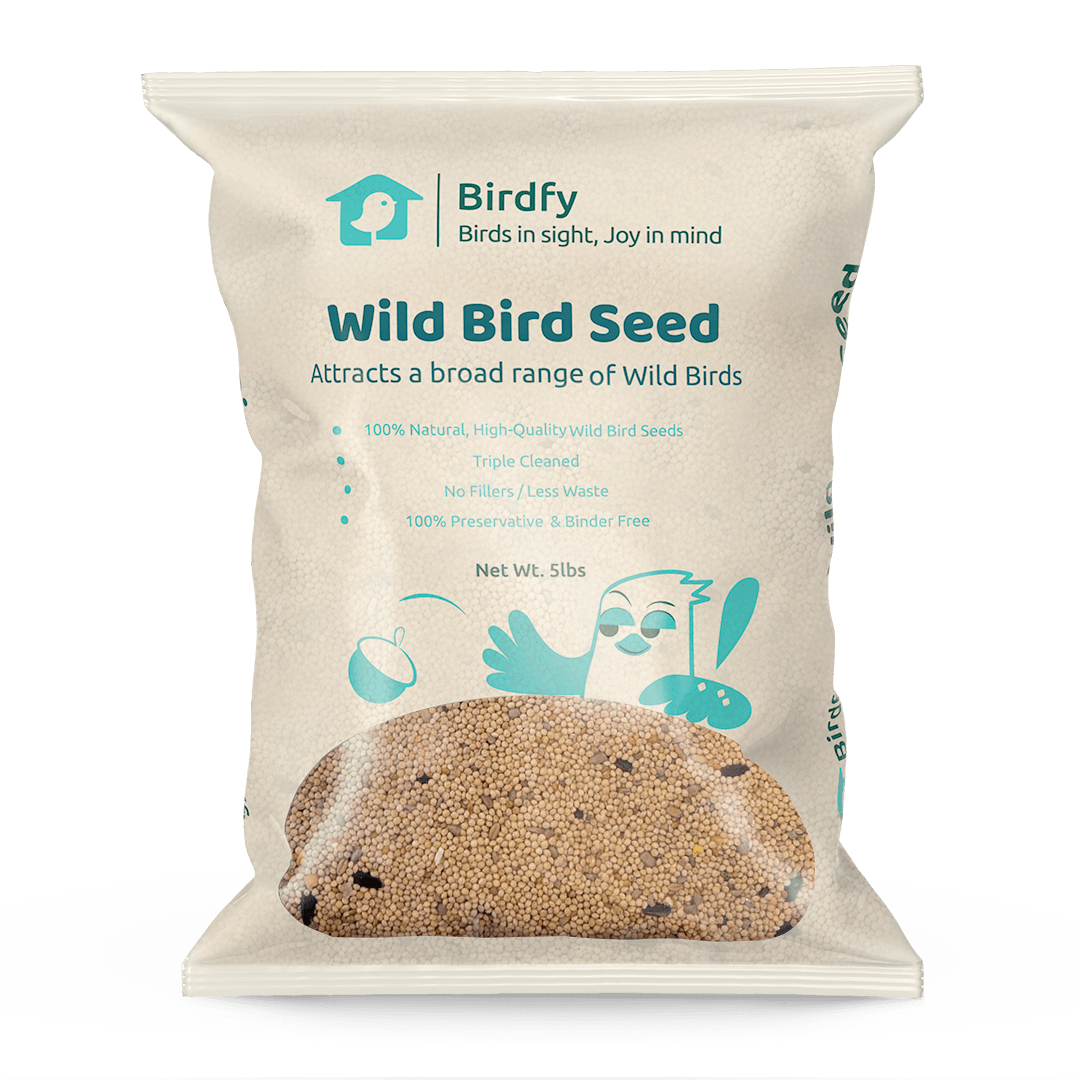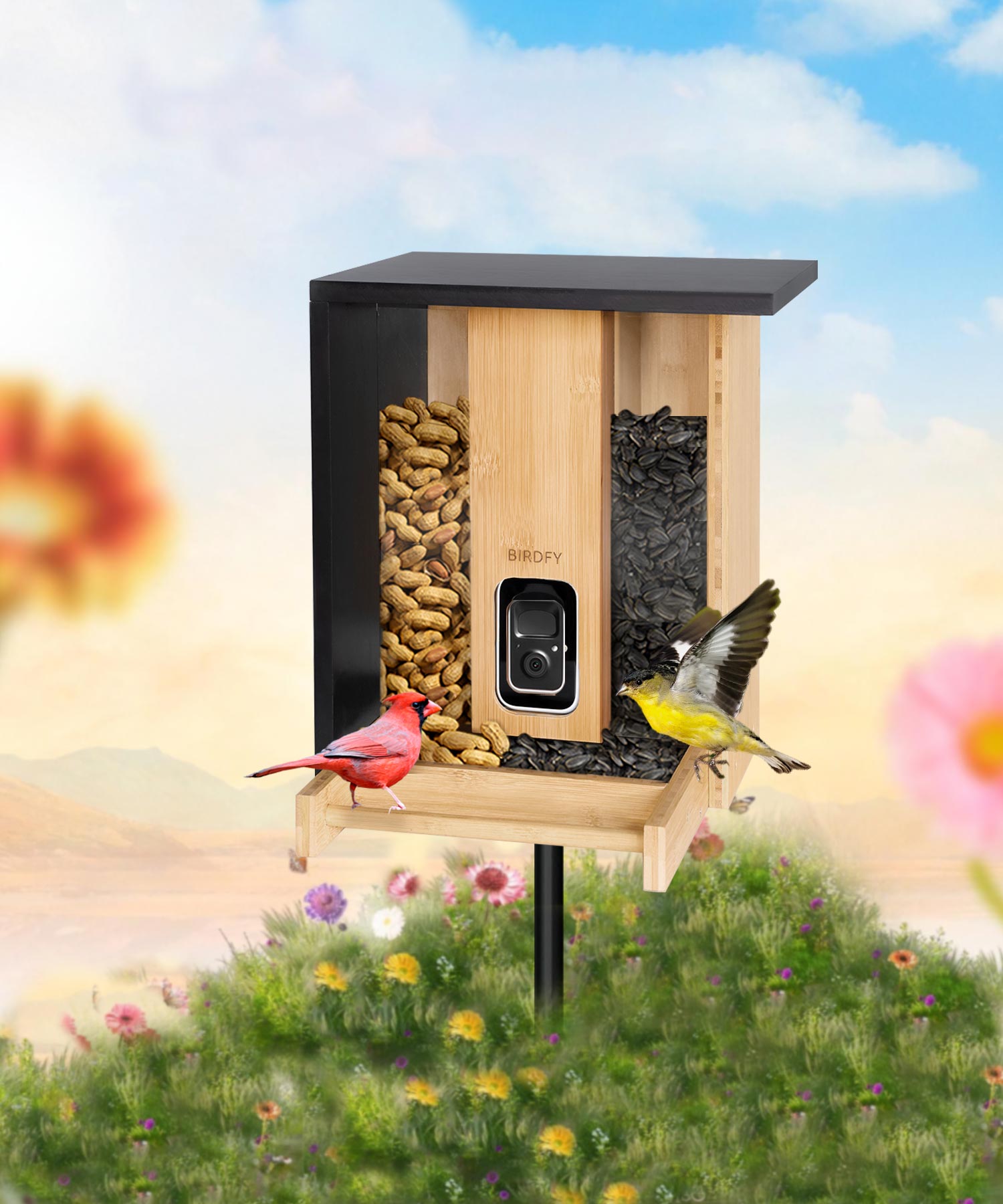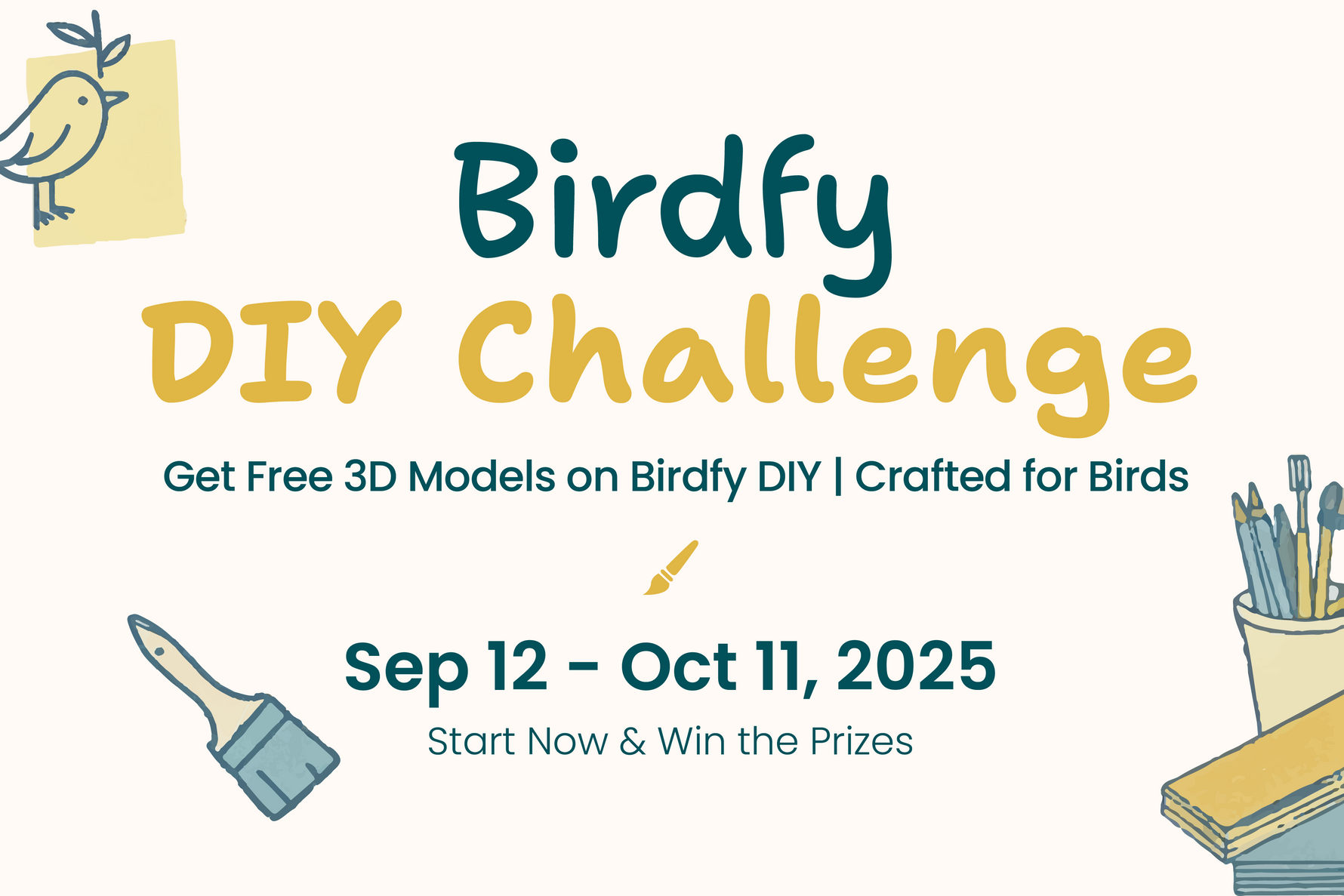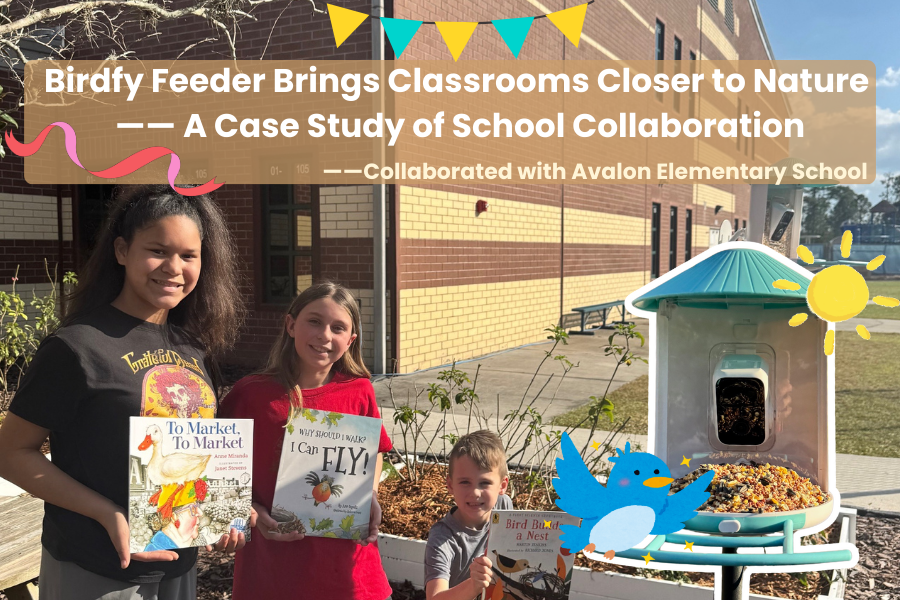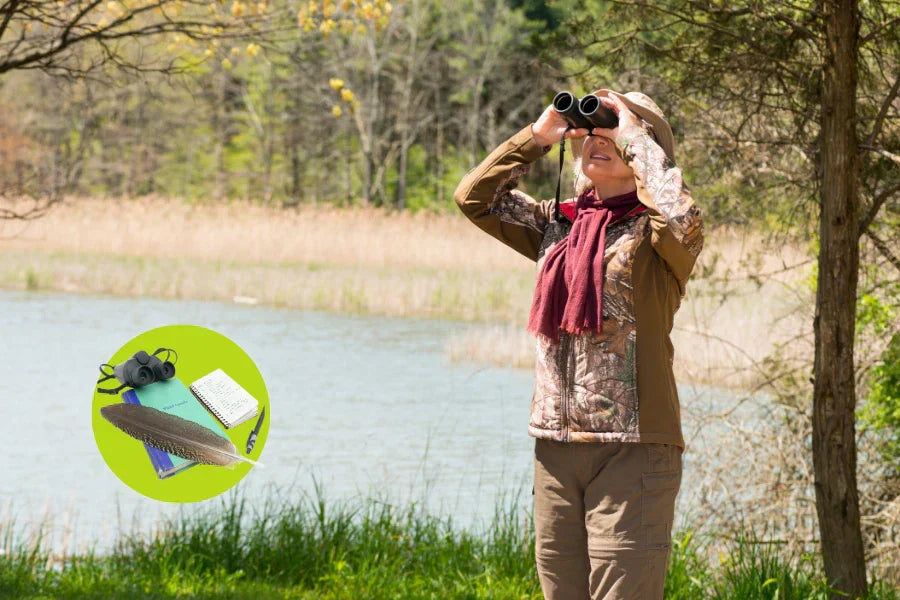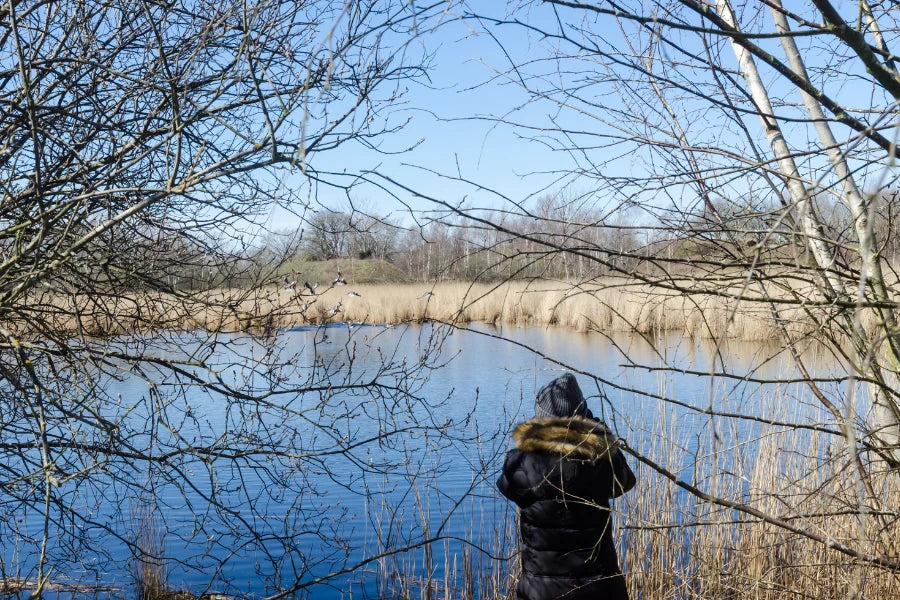What Do Hawks Eat? Exploring The Diverse Diet Of Hawks
Hawks are great hunters with great eyes and quick reactions. They are a group of birds that includes raptors, which means that they hunt other animals and survive. They are found worldwide in forests, fields, deserts, and cities. The way they eat depends on their habitat, but most are meat eaters (carnivores). Controlling the populations of small animals is essential for keeping nature in balance. Now, let’s dig a bit further into the diet of these wonderful birds and their astonishing hunting ability.
What Do Hawks Eat The Most?
Mostly, they eat small animals. Mice, rats, rabbits, and squirrels are their favorite foods. Many hawks also eat birds. So, the Cooper's hawk hunts birds such as sparrows and robins. Indeed, some species love to eat rodents, such as rough-legged hawks. They also eat reptiles like snakes and lizards and insects like grasshoppers. They choose the meals that are easy to catch in their environment.
How Often Do Hawks Eat?
When they catch food, Hawks eat whenever. They usually hunt once or twice a day. If their prey is small, they eat more often; if not, they eat less often. They may then only serve to keep a small bird or mouse for a short period. But a larger animal, like a rabbit, can feed them for a whole day. Young hawks eat often because they are growing speedily.
How Do You Classify A Hawk Based On Its Diet?
They are carnivores because they almost exclusively eat meat. Some of them are opportunistic feeders, eating whatever is available. This flexibility enables them to adapt to various environments. For instance:
- Strict Carnivores: This includes most hawks. They only eat meat, including mammals, birds and reptiles.
- Opportunistic Eaters: During times of scarcity, some hawks, in particular, can eat insects or scavenge carrion (dead animals).
Studying what these species eat allows scientists to learn more about their role in ecosystems and how they react to changing environments.
Are There Species Of Hawks That Consume Fruits And Seeds?
Unlike many birds, they aren't naturally adapted to eating fruits or seeds. They cannot digest plant-based food because they don't have the systems. But occasionally, they will eat fruit when they have no other food. This happens more out of desperation than by choice, which is unusual.
Most hawks use sharp claws and beaks, each specially adapted to catch and eat meat. Their bodies are not designed to process fibrous material found in seeds and plants.
What Feature Allows A Hawk To Spot Targets From Afar?
They are well known for their extraordinary vision. They have eyesight that is 4 to 8 times better than ours. Here’s what makes their eyesight unique:
- Large Eyes: Their eyes are large compared to their heads, enabling them to see well even in relatively little surrounding light.
- Color Perception: They can distinguish colors and see in ultraviolet, an aid in locating prey using what they see or reflect.
- Depth Perception: They have excellent depth perception, as their forward-facing eyes make judging distances necessary when diving for prey.
They hunt from their perch high in a tree or the sky, where they can see movement, even that of a tiny mouse.
Describe How Hawks Hunt And Kill Their Prey
Using speed, strength, and stealth, hawks are expert hunters. Here’s how they do it:
- Scanning for Prey: They usually perched on high trees or flew through the air searching for food.
- Quick Dive: For some species, once a hawk spots a target, the animal flies quickly to the spot at high speed, reaching 120 mph.
- Strong Talons: Like their talons, they kill their prey often instantly, grabbing at it with sharp claws.
- Sharp Beak: Their hooked beaks tear their food into bite-sized pieces.
Like rough-legged hawks, these hawks hold steady in the air, searching for prey. This technique allows them to find rodents hiding in grass or snow.
Can A Hawk Pick Up A 10 Lb Dog?
A hawk cannot take a 10-pound dog. But for their size, hawks are strong; they have physical limits. The prey of most hawks is only 2 or 3 pounds or less. Although it may look at a smaller pet, such as a tiny dog or kitten, most of these pets are not prey of hawks because of their size and the natural prey preference of hawks.
What Is The Food Chain Of A Hawk?
Top predators, they play an essential role in the food chain. Here’s how the food chain works:
- Producers: At the base are plants and vegetation that give herbivores food.
- Herbivores: Mice and rabbits eat plants.
- Hawks: They are carnivores that eat herbivores to control their populations.
- Predators of Hawks: Although they are rarely preyed on, larger birds like eagles and some owls will eat them.
In addition, humans are a threat through habitat destruction or hunting.

What Does It Mean When A Hawk Visits Your Yard?
If a hawk visits your yard, it is probably looking for food. They may gather small animals like squirrels, chipmunks, or birds at feeders. These predators love healthy ecosystems with lots of wildlife; if you see a hawk, it means you have a healthy ecosystem.
In some cultures, they are symbols of strength, focus, and freedom. Seeing one is evident and can be an excellent spiritual message and a reminder not to lose heart in everyday situations.
What Do Cooper’s Hawks Eat?
Cooper's hawks are common in backyards across the United States. They’re good hunters of small birds, preferentially and opportunistically hunting at bird feeders. These are very fast and can hunt in mid-flight. They may also eat small mammals and reptiles if they’re available.
If you have bird feeders, a Cooper’s hawk hunting nearby may be in your yard.
How To Protect Songbirds From Hawks?
Birds that decide to hunt near feeders may cause concern to bird-loving people. To protect songbirds:
- Provide Cover: Feeders should ideally be placed near shrubs or trees so birds can fly away immediately.
- Keep Distance: Bird feeders should ideally be placed at least 5 to 6 feet away from the vicinity of cover, considering that predators such as cats are more likely to set a trap once they spot a feeder.
- Temporary Removal: If hawks fly in your compound often, remove the feeders for at least three days. This tends to compel a group of hawks to relocate to another zone.
Birds like songbirds will return as soon as the hawks leave. Creating the right environment assists in the growth of all animals and creatures.
Why Are Some Songbirds Unafraid Of Hawks?
The response of the songbirds towards hawks varies depending on the type of bird involved. For example, large hawks are less threatened by diet because red-tailed hawks cannot catch them because they are slower than smaller, swifter birds.
- Flocking Behavior: When birds flock together, they may not be as scared to look out for hawks as single ones.
- Brave Species: Some birds, such as crowing birds, will try to shoo hawks away from their nests, for instance.
Bottom Line
Hawks are exciting birds of prey and are well known for their excellent flying ability and vision. They can contribute to the balance of nature through what they feed on. Although they may occasionally feed on birds in the backyard, they keep your gardens and landscapes healthy. To learn about wildlife experiences, you must watch hawks in action!
Share




